BEANS 101: Bean Brilliance + A Recipe to Try It Out On
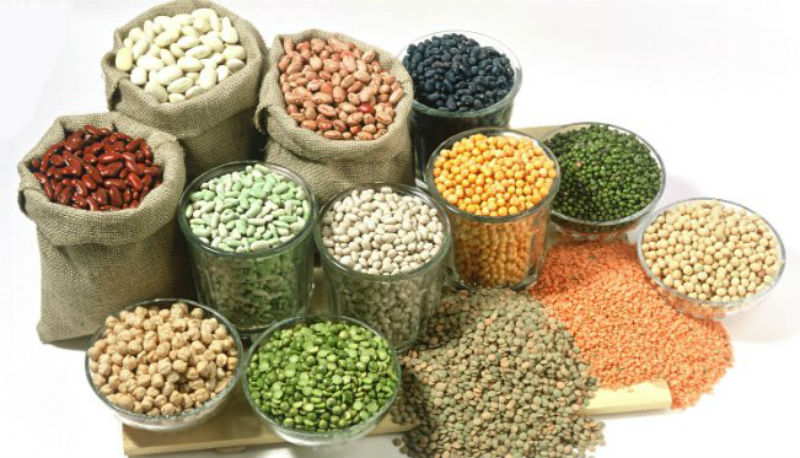
If you’re unfamiliar with cooking beans from scratch, it’s easier than you might think, and eating more home-cooked beans will have a dramatic and positive effect on your health as well as your food budget. Include a hearty salad, some whole grain bread or crackers, and fresh fruit and you have a meal that helps you feel good (financially and physically).
Beans are simply a brilliant food. They’re super versatile, super healthy, and as already mentioned, a super affordable food. They’re high in antioxidants, fiber, protein, B vitamins, iron, magnesium, potassium, copper and zinc. And research shows that eating beans regularly can decrease the risk of diabetes, heart disease, colorectal cancer, and helps with weight management (you will tend to eat less because they’re so filling).

Even with this knowledge it’s amazing how many people try to avoid eating this “superfood”. And the common reason is…“Beans give me gas.” Yup, it’s true for approximately 25 percent of people in North America and other Western countries. Some folks even experience dyspepsia, a recurrent or persistent pain or discomfort that is primarily located in the upper abdomen.
Research says this could be caused by lactose intolerance or an inability to digest beans. Many people find that after about three weeks of eating beans every day, however, this problem goes away.
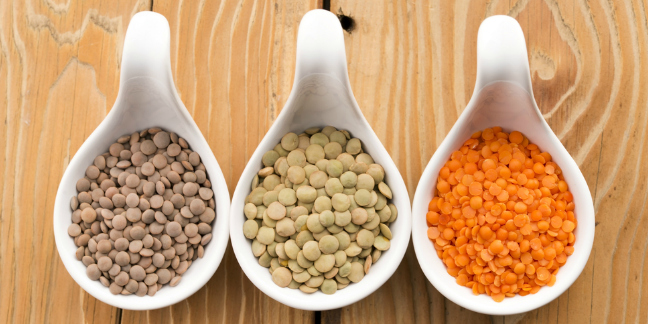
So if you’re new to beans, start with smaller ones, such as lentils and dal. Then work your way up to mid-sized (black, navy, and black-eyed peas) and then to larger beans (cannellini, garbanzos, and kidney beans). The health benefits beans have to offer are worth this effort.
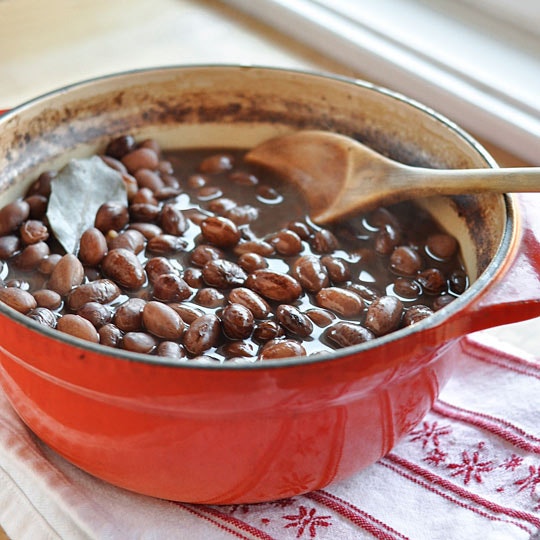
With my case stated for eating more beans, let’s look at the tried and true wisdom on how to prepare them. Here are the 6 steps to great beans that every good cook should know:
Examine the dried beans and throw away any foreign particles or beans that are discolored or shriveled.
Rinse the beans with water and drain.
Soak the beans for eight to twelve hours (at room temperature or in the refrigerator) before cooking. Some small beans do not require soaking.
Put the beans in a large pot and cover with fresh water. Bring to a boil over medium-high heat, then decrease the heat to low and keep the pot covered while the beans are cooking. Add more water, if necessary, during cooking so the beans remain covered with water.
Add seasonings to the beans while they cook. Many people believe that the taste of beans improves with salt, but others believe that adding salt can extend the cooking time and possibly toughen the beans.
When the beans are tender but firm, they’re ready to eat or add to your favorite recipes.
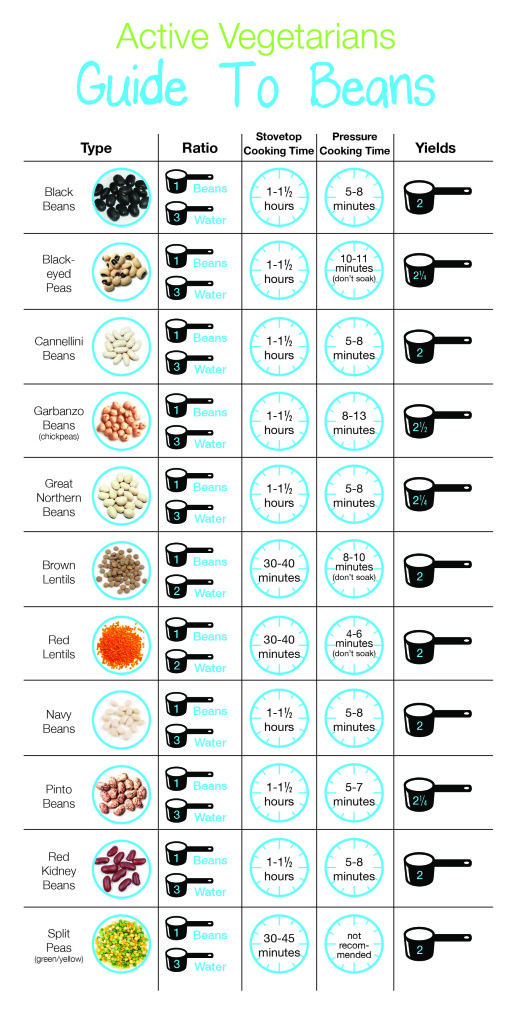
And here’s a handy chart I found on a great site, Active Vegetarian (www.activevegetarian.com) that explains the beans-to-water ratio and also compares cooking times between stove top cooking and pressure cooking. The times are for soaked beans (except where indicated). For pressure cooked beans, the cooking time is for beans cooked under high pressure (fifteen pounds) and includes allowing the pressure to come down naturally. If you use a quick release method instead, you will need to cook the beans a few minutes longer.
This fall and winter is a good time to work more beans into the diet. So I’ll conclude this bean brilliance with a wonderful recipe to try it out on. This comes to us from that tried-and-true recipe site, Taste of Home (www.tasteofhome.com). The reviews of this recipe are unanimous—this is such a good soup you can confidently serve it at a dinner party or share it with your neighbors. In fact, it’s actually called, “Neighborhood Bean Soup” because it’s been passed around so much!
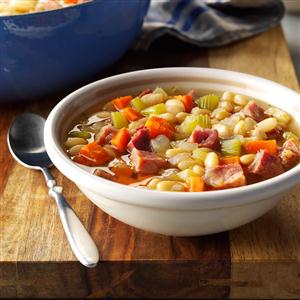
NEIGHBORHOOD BEAN SOUP (yield: 10 servings or 2 ¾ quarts)
2 cups dried great northern beans
5 cups chicken broth
3 cups water
1 meaty ham bone or 2 smoked ham hocks (or 2 cups leftover diced ham)
3 to 4 tablespoons chicken bouillon granules
1 teaspoon dried thyme
1/2 teaspoon dried marjoram
1/2 teaspoon pepper
1/4 teaspoon rubbed sage
1/4 teaspoon dried savory
2 medium onions, chopped
3 medium carrots, chopped
3 celery ribs, chopped
1 tablespoon extra virgin olive oil
Sort beans and rinse with cold water. Place beans in a Dutch oven; add water to cover by 2 in. Bring to a boil; boil for 2 minutes. Remove from the heat; cover and let soak for 1-4 hours or until beans are softened.
Drain and rinse beans, discarding liquid. Return beans to pan; add broth, 3 cups water, ham bone, bouillon and seasonings; bring to a boil. Reduce heat; cover and simmer for 1-1/2 hours.
Meanwhile, in a large skillet, saute the onions, carrots and celery in oil until tender; add to soup. Cover and simmer 45-60 minutes longer or until beans are tender.
Remove ham bone; cool slightly. Remove meat from bone and cut into chunks; return to soup. Discard bone. Skim fat from soup.
- www.todayshomeowner.com
- www.precisionnutrition.com
- www.boston-discovery-guide.com
- www.sheknows.com
- www.foodnetwork.com
- www.eatingwell.com
 Alice Osborne
Alice Osborne
Weekly Newsletter Contributor since 2006
Email the author! alice@dvo.com
